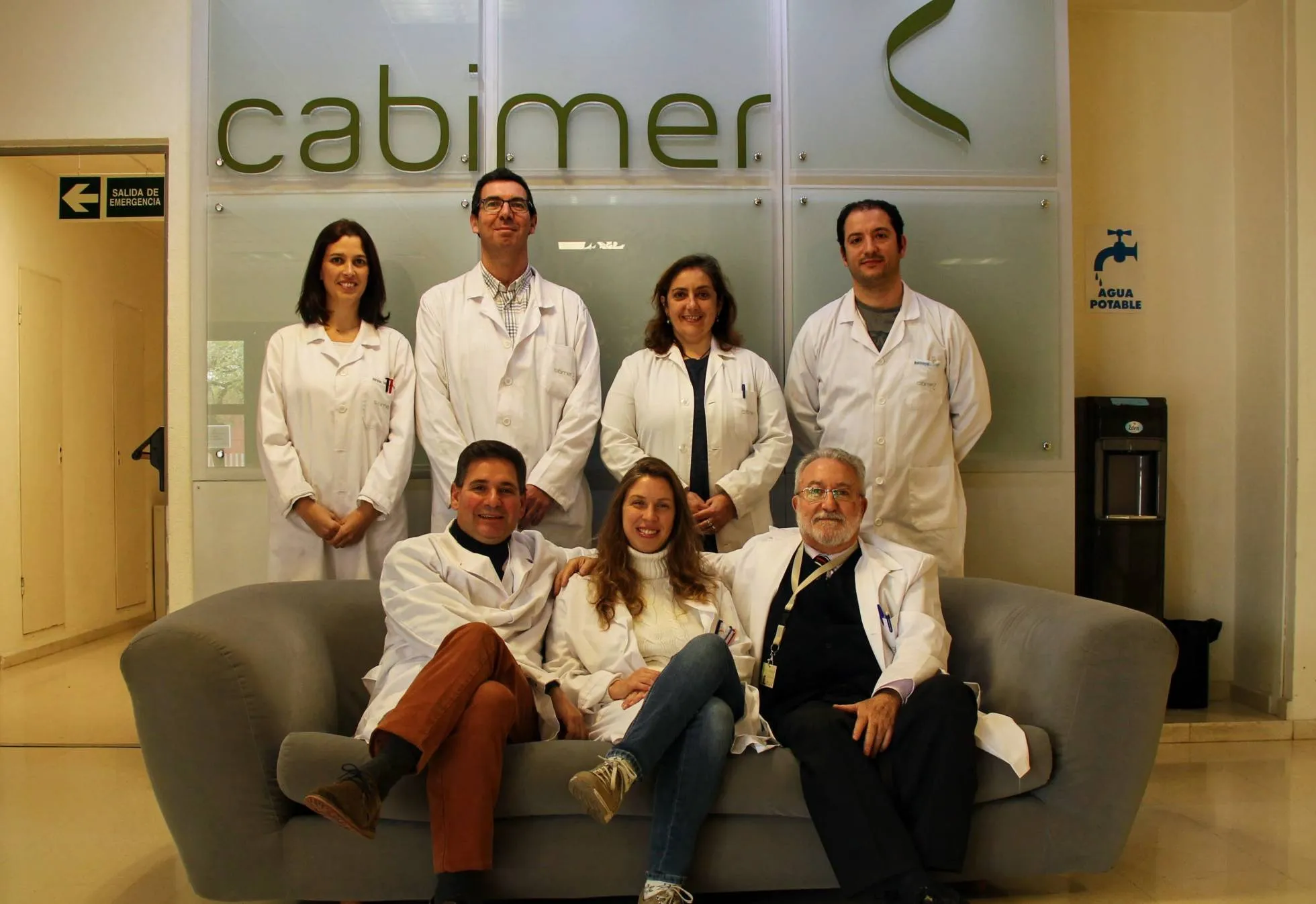Spanish scientists have created a molecule that regenerates insulin producing cells.
A new drug, successfully tested in mice and in human cell crops, is able to reverse the symptoms and causes of type 1 diabetes. If its effectiveness and safety are demonstrated in clinical trials, it could mean a cure for the disease.
The achievement, detailed today in Nature Communications, is from an international team of scientists headed by researchers from the Andalusian Center for Molecular Biology and Regenerative Medicine (Cabimer) of Seville.He has been identifying an adequate molecular receiver for several years that can be activated with a drug;Now that they have described it, it will be possible to design several synthetic molecules to find the ideal medication.
“If they are really able to transfer this to humans, and that will be in the future not short, it has applications not only in prevention but in treatment.This opens a door to the healing of type 1 diabetes, ”said researcher Ramón Gomis, an emeritus professor at the University of Barcelona and former director of the IDIBAPS Biomedical Research Institute, who does not participate in the study.
Type 1 diabetes is an autoimmune condition that usually appears in childhood.In the 21 million patients who suffer from it, lymphocytes destroy the beta cells of the pancreas, responsible for storing and secreting insulin, creating a dependency for life to the injection of this hormone.The new drug does two things: it reduces the autoimmune attack and replenishes the population of beta cells destroyed.Until now, the available treatments - mounosuppression or cell therapies - could only fulfill one function or the other, respectively.
"To cure diabetes you have to do both: manufacture cells that replace those that do not work and stop the cause," explains Bernat Soria, director of the Department of Regeneration and Advanced therapies of Cabimer and founder of the center.The former health minister offers bank rescue as an example: although money is invested in refloating the banks, he says, "if we do not solve the problem that took us there, we will return."
The structure of the new chemical compound (BL001) is protected by a patent from the Andalusian Public Foundation Progress and Health.Its design allows you to activate a molecular receiver located on the surface of some immune cells and pancreas cells, according to the first author of the study, Nadia Cobo-Vuilleumier.This interaction reduces the inflammatory response and protects beta cells.
The same receiver is also found in the Alfa cells of the Langerhans islet, which are responsible for storing and secreting the glucagon hormone.The drug causes the transformation of alpha cells into beta cells.This unusual phenomenon, known as transdifferentiation, solves a key problem facing cellular therapies, which is to regenerate the population of beta cells from a non -existent or severely damaged sample."The idea is very novel, but finally they have results that have convinced," says Gomis.
Developing a drug from the laboratory to the patient costs about 20 million euros
The drug has been successful to prevent and treat diabetes in transgenic mice and in pancreatic tissue crops donated by the families of deceased patients.Cabimer's principal researcher, Benoit Gauthier, would like to have a viable medicine "as soon as possible", but says it is impossible to know when they will get it.“Developing a drug from the laboratory to the patient costs about 20 million euros.We have spent three million already.If you give me 17 million tomorrow, in a few years, if everything goes well, I would be on the market, ”he says.In addition to thePublic financing, this research has received contributions from the Associations of Juvenile Parents Diabetes Research Foundation in New York (USA) and Diabetescero in Spain.
The patented compound is only one of several that will now be created in order to identify those that have lower thresholds of efficiency and higher toxicity.Although the mice were given the injection molecule, the ultimate goal is to create a pill.With luck, a medicine like this could create permanent immune tolerance."Pharmaceutical companies would prefer a pill that patients have to take for life, but my wish is that the immune system can be re -edited," concludes Gauthier.
a world public health problem
Diabetes is the disease with the highest prevalence in the world: it affects 430 million people.Of those, approximately 95% are type 2 and 5% are type 1. while type 2 diabetes usually appear in adults with obesity and can be controlled with weight loss, type 1 is a diseaseAutoimmune that has no cure and requires periodic insulin injection.It does not always manifest in childhood, since it can appear in adults after a strong immune reaction, for example after an infection or accident.
In Spain there are almost four million people with diabetes and 3.5 million at risk of developing the disease.It is a direct cost of 10% of the Spanish health budget.In 2015, this expense was about 6,000 million euros."Any research or education effort around diabetes, any action that we decrease these figures, will increase the sustainability of the system," defends the former Health Minister Bernat Soria, who has participated in this study.Its research center, Cabimer, has five different scientific groups specialized in diabetes.





